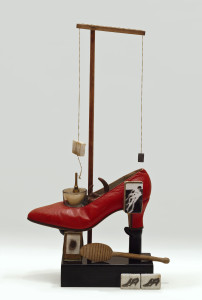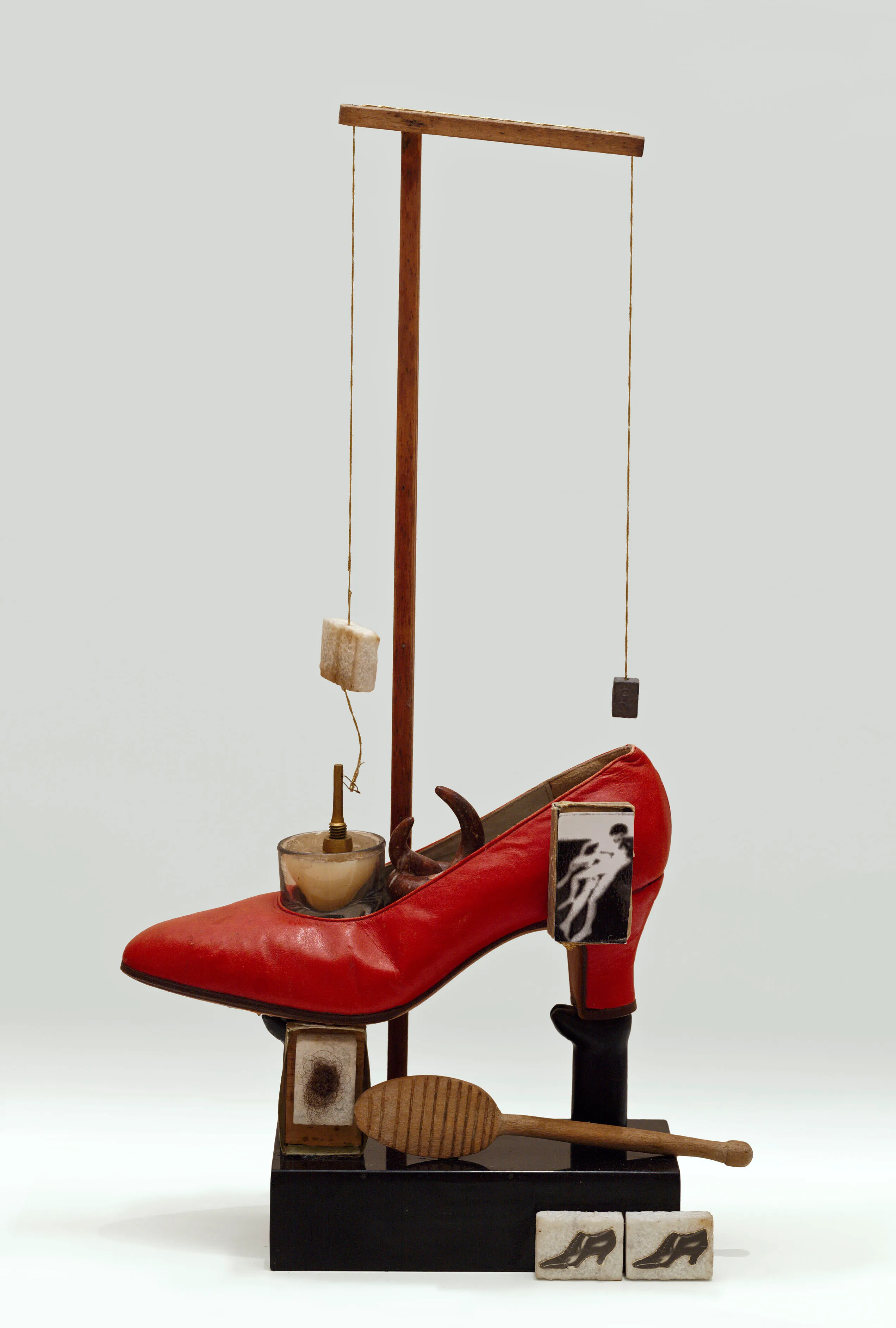Cantor’s newest exhibit, “Flesh and Metal: Body and Machine in Early 20th-Century Art” explores the power of visual art to examine, reveal, and dissolve the line between technology and humanity. Organized jointly by SFMOMA and the Cantor Art Center, the show features photos, paintings, sculpture and video by a wide range European and North American artists, including Pablo Picasso, Georges Braque, Giorgio de Chirico, Man Ray, Alexander Rodchenko, working between 1910 and 1950.

(Courtesy of SFMOMA, Purchase, by exchange, through a gift of Norah and Norman Stone)
Though visual artists of the 20th century are known for imagining clear-cut lines between the dispassionate outer-world of manufacturing and humanity’s internal emotional turmoil, “Flesh and Metal” showcases artists committed to more sophisticated analyses of industrial society. The show raises more questions than it answers, challenging viewers to rethink definitions of modernity and progress.
Many of the artists in “Flesh and Metal” turn to the mechanical process of photography to reflect and represent the new efficiency of industry, communication technology and urban landscapes. Charles Sheeler, for instance, produced a thirty-two-photo study of Ford Motor Company’s plant in River Rouge Michigan. In “Blast Furnace and Dust Catcher” (1927), Sheeler focuses his lens on the disorienting geometry of factory. Rather than depicting familiar images of Ford cars or assembly lines, Sheeler’s work captures the mystery and abstraction of the factory’s inner-world.
Where Sheeler’s work explores the process of manufacturing, other photographers, like Margaret Bourke-White, aestheticize commercial products themselves. Bourke-White’s “Untitled (RCA Speakers)” (1935) complicates boundaries between fine arts and industrial arts. Radio speakers look like seashells, gleaming with precision. In directing viewers’ attention to the distinct aesthetics of radio — an audio experience — Bourke-White helps us visualize the supply chain behind household commodities.
While some artists embrace and elaborate the geometry of machine and capitalism, others call attention costs and complications. Michael Duchamp’s “Box in a Suitcase” (1935-1941) is a sample suitcase that doubles as mobile museum, showcasing small-scale replicas of Duchamp’s “readymades.” Here, Duchamp calls on viewers to consider the meaning of “authentic” art objects in a world shaped by manufacturing and consumerism.
The exhibit’s second room showcases artworks responding to advances in architecture and urban planning. An oil painting by Louis Guiglielimi called “The Street” (1939) reminds us that urban environments do not resolve loneliness. Guiglielimi’s cityscape is both dizzying and unspeakably empty.
“Flesh and Metal” also includes several metal-as-flesh sculptures, such as Jean (Hans) Arp’s mesmerizing “Human Concretion without Oval Bowl” (1933). It’s hard to look away from the sculpture’s round, bronze surfaces. On the one hand, the figures evoke a certain coldness and industrial perfection; at the same time, they feel corporeal. They want to be touched.
“Flesh and Metal” reflects past (and present) cultural ambivalence about the impact of machinery on the human psyche. Whether cynical or optimistic about man-machine relations, the show’s artists seem to agree in their fundamental observation that technology does not supplant human nature. Instead, their work illuminates the ways in which machines interact with our bodies, minds and communities: there is no clear dichotomy between “us” and the tools we use.
“Flesh and Metal” will be on display at Stanford’s Cantor Arts Center from November 13, 2013 – March 16, 2014.
